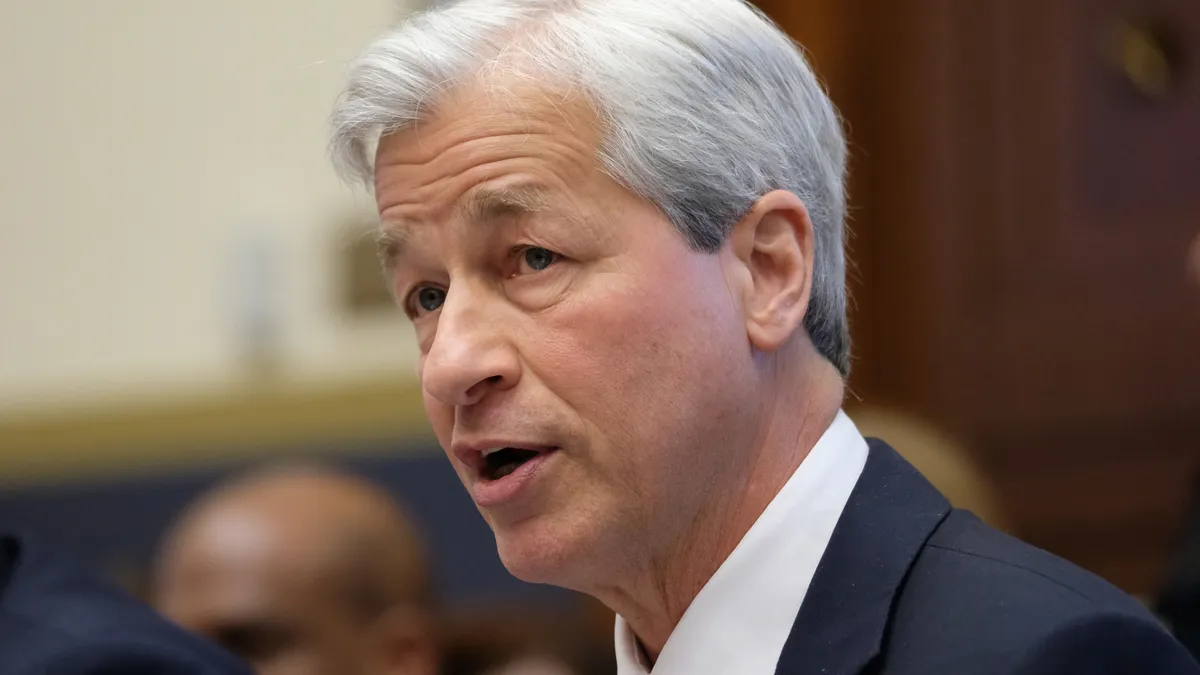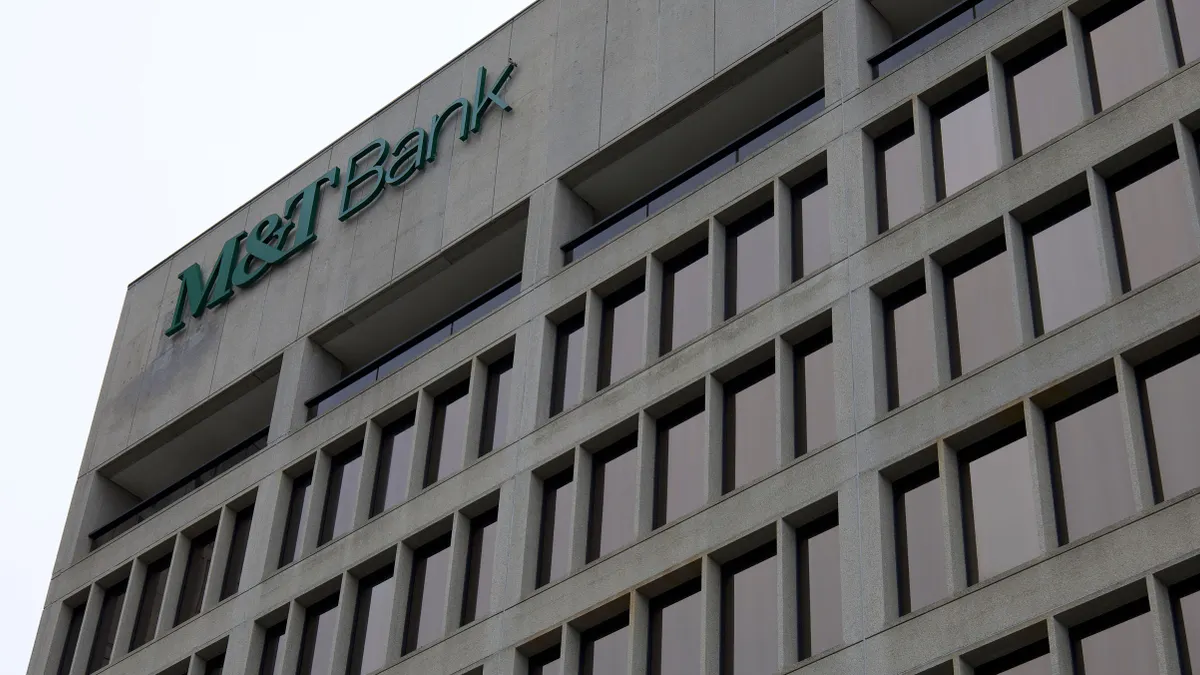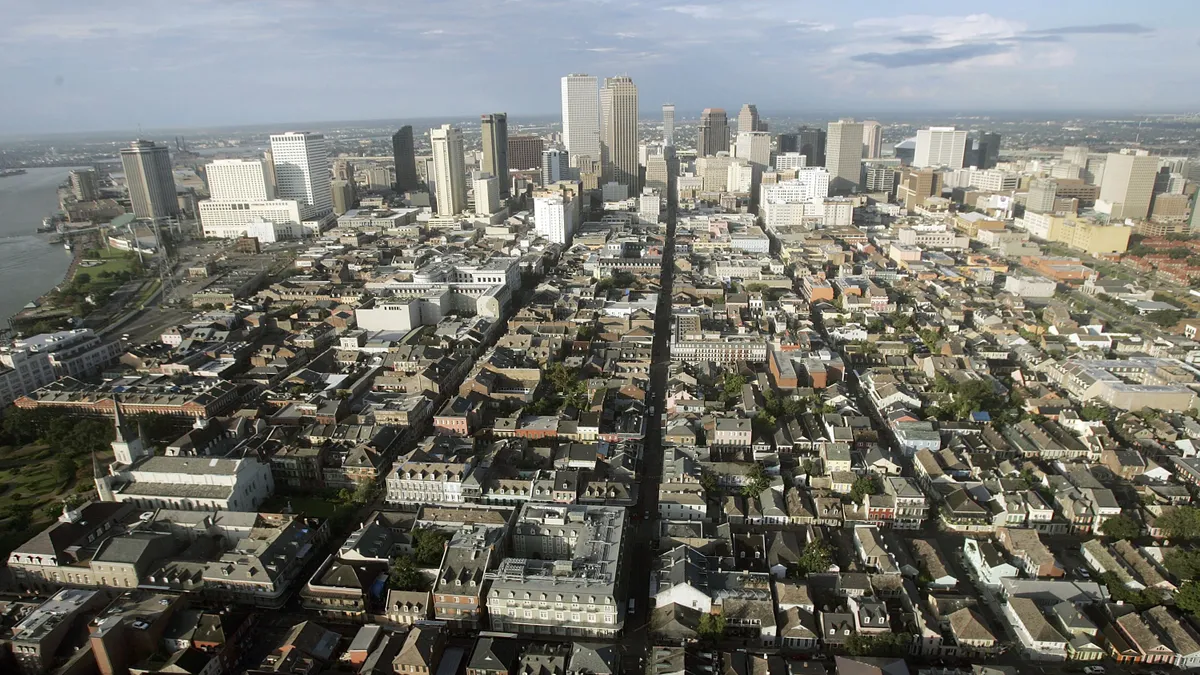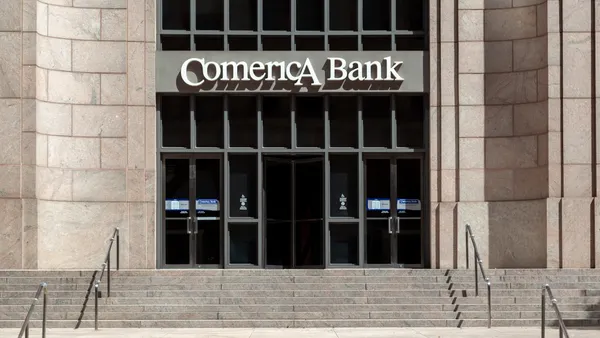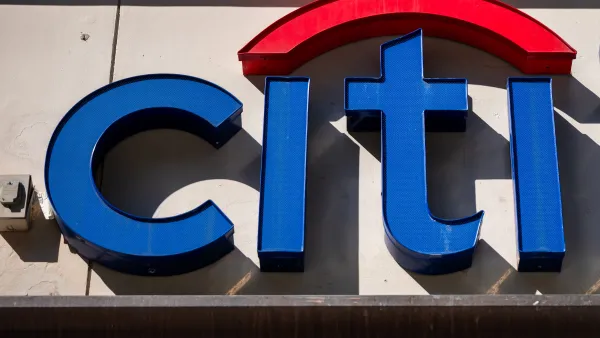Dive Brief:
- JPMorgan Chase CEO Jamie Dimon took a shot at the Federal Reserve’s stress tests during the bank’s second-quarter earnings call Thursday, calling the regulatory process “capricious” and “arbitrary.”
- “We don’t agree with the stress test,” Dimon told analysts on the call. “It’s inconsistent. It’s not transparent. It’s too volatile.”
- Following the results of the Fed’s annual stress tests, the New York City-based bank announced last month it would keep its dividend payouts flat in response to the bank regulator’s increasingly stringent capital requirements.
Dive Insight:
Under the Fed’s hypothetical scenario, JPMorgan would lose about $44 billion amid a market crash and high unemployment, Dimon said.
“There’s almost no chance that that would be true,” Dimon said, adding he believes the bank would make money off such a scenario. “We feel we’re in really good shape. We just have to hold a higher number now, and we’re going to go there.”
JPMorgan CFO Jeremy Barnum said the lack of transparency regarding some elements of the Fed’s stress capital buffer make it “really very hard at any given moment to understand what’s actually driving it.”
“We feel very good about building [capital] quickly enough to meet the higher requirements,” Barnum told analysts during the call. “But they’re pretty big changes that come into effect fairly quickly for banks, and I think that’s probably not healthy.”
The bank announced Thursday it would temporarily halt share repurchases to conserve more capital.
Hurricane or sunny skies?
When asked by Wells Fargo analyst Mike Mayo if he could reconcile the bank’s decision to hold firm with its $77 billion expense guidance with the “economic hurricane” he forecasted at an investor conference last month, Dimon said the bank has always invested through storms.
“We don’t pull in, pull out, or go in and out of markets through storms,” Dimon said.
Dimon referenced inflation and the ongoing war in Ukraine as factors that could contribute to a future economic downturn, but wouldn’t change the way he runs the bank.
“The economy will be bigger in 10 years, we’re going to serve more clients, we’re going to open more branches and we’ll manage through that,” he said.
Certain technology investments, he added, have helped the bank limit losses.
“We spent $100 million building certain risk and fraud systems so that when we process payments on the consumer side, losses are down $100 [million], $200 million. That’s a huge benefit,” Dimon said. “I don’t think we want to stop doing that because there’s a recession.”


